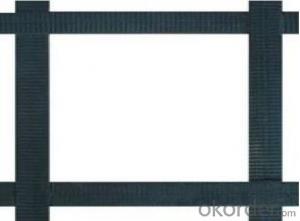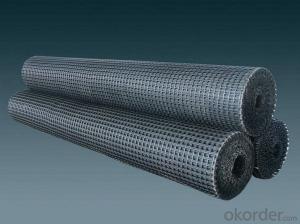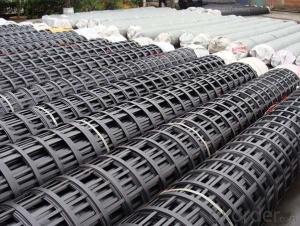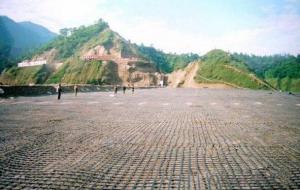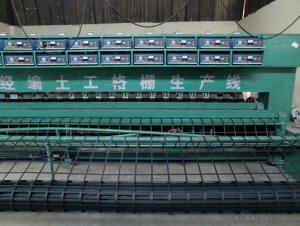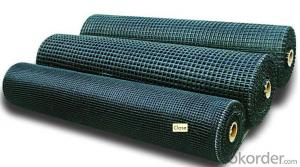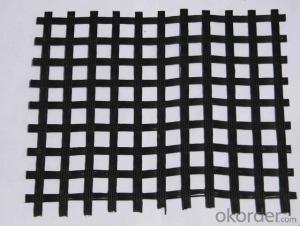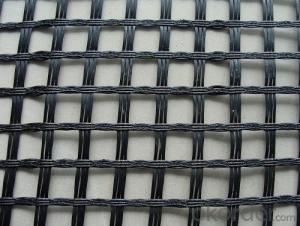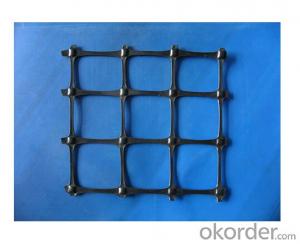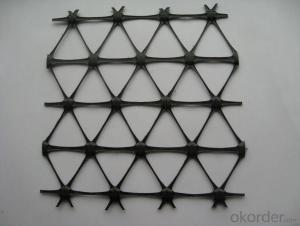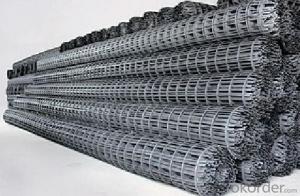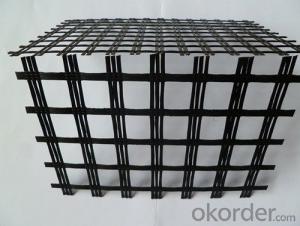Miragrid Geogrid
Miragrid Geogrid Related Searches
Fridge With Freezer On Bottom Driveway Pillars With Lights Blu Ray Player With Recorder Blu Ray Player With Internet Geogrid In Retaining Walls 1708 Biaxial Fiberglass Tape Pullout Resistance Of Geogrid Geogrid Warp Knitting Machine Srw 3 Series Geogrid Biaxial Plastic GeogridHot Searches
Fiberglass Scaffolding For Sale Fiberglass Panels For Sale Fiberglass Greenhouses For Sale Geogrid Fabric For Sale Gas Powered Core Aerator For Sale Revolution 4 Propeller For Sale Alabaster Carving Stone For Sale Geogrid For Sale Near Me Tensar Geogrid For Sale Geogrid For Sale Ex Display Log Cabins For Sale Photoelectric Cells For Sale Athletic Lockers For Sale Cubicle Partitions For Sale Stearman Propeller For Sale Palram Greenhouses For Sale Gumbo Bowls For Sale Suzuki Propellers For Sale Freight Crates For Sale Outhouse Sheds For SaleMiragrid Geogrid Supplier & Manufacturer from China
Okorder.com is a professional Miragrid Geogrid supplier & manufacturer, offers integrated one-stop services including real-time quoting and online cargo tracking. We are funded by CNBM Group, a Fortune 500 enterprise and the largest Miragrid Geogrid firm in China.Hot Products
FAQ
- Geogrids offer several advantages, including improved soil stabilization, increased load-bearing capacity, and enhanced drainage capabilities. These materials reinforce the soil structure, preventing erosion and promoting long-term stability. Geogrids also minimize the need for excessive excavation and reduce construction costs, making them an economical solution. Additionally, they can be easily installed, making them a convenient choice for various projects.
- Geogrids are highly durable materials that are designed to withstand heavy loads, extreme weather conditions, and long-term stress. They possess excellent tensile strength and do not easily deform or deteriorate under constant pressure. Geogrids are resistant to corrosion, biological degradation, and chemical exposure, making them suitable for various applications in civil engineering and construction projects. Their durability characteristics ensure long-lasting performance and effective reinforcement of soil structures.
- Yes, geogrids can be used in green roof applications. Geogrids provide reinforcement and stability to the green roof system, helping to prevent soil erosion and retain water. They can help distribute the load of the green roof evenly, ensuring structural integrity and longevity.
- Yes, geogrids can be used in soil stabilization for airport runways. Geogrids are commonly used to reinforce and stabilize soil in various engineering applications, including airport runway construction. They provide increased strength and stability to the soil, preventing it from shifting or settling under the weight of aircraft and heavy loads. Geogrids can improve the overall performance and longevity of airport runways by enhancing their load-bearing capacity and reducing the risk of pavement failure.
- Bidirectional geogrid 5 meters long side, short side of the 3 meters
- Bidirectional geogrid is a grid like
- Geogrids help to improve soil compaction by providing reinforcement and stability to the soil. They distribute the load more evenly, reducing the risk of settlement and improving overall soil strength. Additionally, geogrids enhance the interlocking behavior of soil particles, increasing the soil's resistance to shear forces and minimizing lateral movement.
- Yes, geogrids can be installed on steep slopes. Geogrids are commonly used in slope stabilization and reinforcement projects, including on steep slopes. They help enhance soil stability and prevent erosion, making them suitable for installation on steeper slopes where erosion and soil instability may be more prominent.
- Geogrids improve the performance of unpaved trails by providing reinforcement and stabilization to the soil, preventing erosion and rutting. They distribute the load more evenly, reducing the potential for sinking or shifting. Additionally, geogrids increase the tensile strength of the trail, allowing it to withstand heavy traffic and weather conditions, thus extending its lifespan and reducing maintenance needs.
















